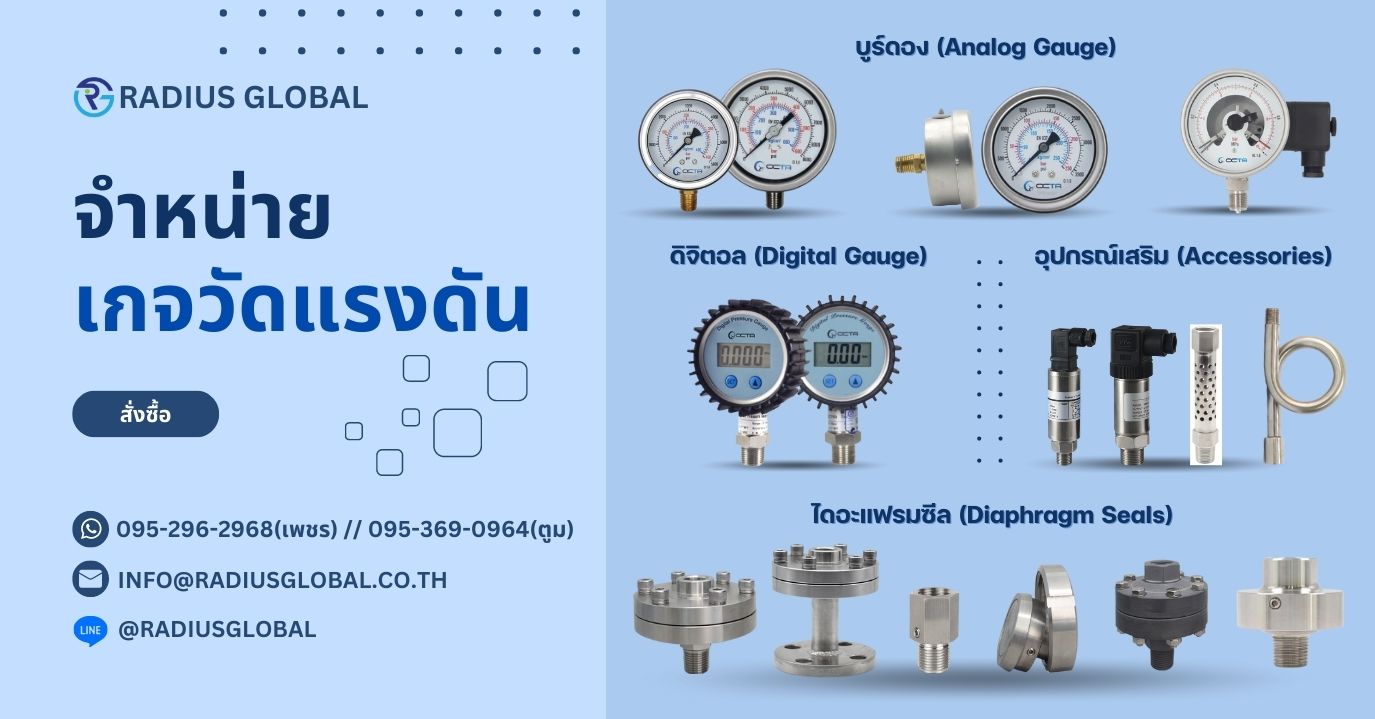Turbine bypass valves are one of the most tough purposes in a power plant. Keeping these valves operating effectively and avoiding sudden failures is crucial for plant operation.
When engineers are asked to list the most difficult control valve applications, turbine bypass valves are invariably mentioned. Frequent thermal cycles, high strain drops, and the need for tight shutoff push these valves to the limit. Unfortunately, many crops are inclined to ignore these valves till they fail, creating unplanned outages, lost manufacturing, and excessive prices for reactive maintenance. This article offers suggested strategies of inspection to anticipate and mitigate issues beforehand, and it offers improve alternate options should a valve need to be repaired or changed.
Strictly Severe Service
Severe service management valves are utilized in probably the most difficult installations within course of plants. These installations generally include cavitating, erosive, corrosive, noisy, excessive strain, high temperature, high strain drop, or high velocity media. Turbine bypass valves are uncovered to many of these process circumstances; but, they must respond flawlessly and stay leak free when closed.
As their identify suggests, turbine bypass valves are used to bypass steam turbines during plant startup and shutdown, in addition to when a turbine journeys off-line (Figure 1). In regular operation the valves are utterly closed, forcing all the steam by way of a turbine. During startup, bypass valves divert steam away from the turbine till the properties and circumstances of the steam are acceptable for sending it to the turbine. This process happens in reverse at shutdown. Using bypass valves at startup and shutdown helps to guard the turbine by diverting doubtlessly wet steam, and by ensuring solely applicable steam conditions and flows make their method to the turbine itself.
1. Depending on the facility plant design, a number of turbine bypass valves may be employed to immediately shunt steam round a turbine ought to it trip offline. Courtesy: Emerson
Should a turbine trip, the steam must continue flowing to avoid tools damage as a end result of overpressure and high temperature, so the turbine bypass valve instantly opens to maintain flow through the system.
As it operates, a turbine makes use of steam to perform work, decreasing outlet steam temperature and stress. When a turbine bypass valve opens, it’s going to drop the pressure, but the exit steam will remain fairly superheated, doubtlessly destroying downstream equipment. To avoid that situation, turbine bypass valves both incorporate a water injection system within the valve physique, or make use of a separate water injection desuperheater simply downstream, in both case to decrease the exit steam temperature.
As a result, turbine bypass valves face an ideal storm of severe service conditions. While the plant is in operation, these valves must remain tightly closed to avoid wasting power. When a turbine journey happens, the bypass valves should respond immediately, exposing them to rapid temperature modifications and requiring them to move very high flows at excessive pressure drops, creating excessive noise and doubtlessly excessive vibration.
Getting Ahead of the Game
Given the punishing service, the truth is that nearly each turbine bypass valve will in the end fail indirectly. Unfortunately, many of these valves are put in in difficult-to-access places, are typically welded in place, and tend to be closely insulated. As a result, they’re typically ignored till problems begin to surface. Steam leakage via the valve is often the primary symptom observed, but rather more significant and probably harmful damage can occur.
The excessive strain drops invariably generate high noise and high vibration. Over time these vibrations, coupled with frequent temperature modifications, fatigue the metal within the valve, water connections, and the piping itself (Figure 2). Such metallic fatigue may find yourself in catastrophic failure underneath strain.
2. Over time, the high vibrations and thermal shock experienced by turbine bypass valves will fatigue the steel and create cracks in each the valve itself and the surrounding piping. Courtesy: Emerson
To avoid this downside, each turbine bypass valve and its related piping must be routinely inspected. Some sort of non-destructive examination must be periodically employed to detect metallic fatigue problems which might be growing but usually are not yet visually obvious. If a plant lacks the knowledge or equipment to carry out these inspections, the valve vendor or approved consultant may be utilized to perform turbine bypass well being verify companies (Figure 3).
three. A routine turbine bypass valve health check and full inspection is strongly suggested. Metal fatigue can develop in varied welds situated on the valve itself, and in the inlet, outlet, and water supply piping (circled areas). Courtesy: Emerson
Fabrication welds on the physique and water manifold, customer connection welds, diffuser welds, and surrounding piping may be inspected to establish any growing issues earlier than the tools is compromised. Water injection nozzles and desuperheaters must be appropriately inspected and maintained to avoid issues related to quenching and cracking.
There are additionally threats to trim parts, similar to seat floor erosion. One common expression of such erosion, specifically on the plug, is often referred to as “gear toothing.” This happens extra commonly in flow down valves, the place the steam accelerates via the cage holes and then strikes the trim/seat area immediately, causing excessive wear and reducing service life. Over time, this high-velocity steam, which might contain water throughout startup conditions and magnetite during any situation, will erode and injury the valve seat and trim (Figure 4).
four. Flow down valve body designs are prone to trim harm as the wet, erosive steam passes by way of the cage and impacts the seat. Courtesy: Emerson
Common upkeep objects like delicate goods and spray nozzles can often be replaced relatively easily and at minimal value. Trim components that must be changed because of heavy wear, such as gear toothing, can be quite pricey, especially if their supply must be expedited. The worst-case state of affairs for a turbine bypass valve is metallic fatigue creating within the valve physique or diffuser, with excessive restore procedures, or even a complete valve substitute, required.
Upgrade Opportunities
Many of the turbine bypass valves at present in service were installed in the course of the heyday of mixed cycle plant development from 1998 to 2004. Most of those valves and piping methods are showing their age and infrequently have vital indicators of metallic fatigue. Others have plenty of life left in them but may benefit from upgrades in know-how. เพรสเชอร์เกจดิจิตอล and practices have improved, and upgrading to the latest sealing know-how might inject new life into the valve.
Another example of a technology improve is when there have been repeated failures with a welded diffuser. In this occasion, a removable two-in-one seat diffuser will reduce required upkeep.
If a turbine bypass valve should be changed, plant personnel are strongly inspired to look beyond a direct substitute and consider potential enhancements. A notably necessary item to consider when taking a glance at replacement and improvement alternatives is valve orientation.
Downward Flowing Valves with Horizontal Actuators. Historically, most turbine bypass valves employed a flow down trim design paired with a horizontal actuator (Figure 5, left). This arrangement is right for areas with low overhead clearance, and it places the actuator closer to the deck or ground for straightforward access, but it creates a variety of long-term operational issues. Gravity tends to lead to elevated and uneven put on on trim elements, and the side-mounted actuator is prone to response issues.
5. Downward flowing valves with horizontal actuators (left) have been the main choice a few many years in the past for turbine bypass valves. New circulate up valve designs (right) could also be installed without piping modifications in most instances, offering prolonged service life and improved efficiency. Courtesy: Emerson
Downward Flowing Valves with Vertical Actuators. A superior option for flow down is vertical mounting of the actuator. This arrangement results in lowered and extra even wear, longer runs between upkeep outages, and improved actuator response. The challenge with this orientation is that replacement opportunities are typically for horizontally mounted actuators, and the two designs are not readily interchangeable without significant piping modifications.
Upward Flowing Turbine Bypass Valves. When enough overhead house is on the market with present horizontal actuator circulate down designs, a flow up design can simply meet the present face-to-face requirements of the outdated valve, whereas reducing a variety of the put on common to circulate down designs with a horizontal actuator, corresponding to gear toothing. Because the trim simply switches from flow right down to flow up, this alteration can be made with out modifications to current piping.
Flow up valves (Figure 5, right) significantly prolong seat and trim service life as a end result of the steam is moving comparatively slowly because it passes over the plug and seat (Figure 6). As the steam moves through the small holes of the cage, it accelerates considerably, but that power dissipates into the large physique cavity of the valve instead of putting the seating floor.
6. Downward flowing valves subject the seat to erosive high-velocity steam. Upward flowing steam velocities are a lot decrease as a outcome of they pass over the seat and speed up later because the steam strikes through the small trim holes, greatly extending trim service life. Courtesy: Emerson
Notice how the move up trim (Figure 7) is certainly exhibiting erosion, however when compared to the flow down trim proven above (Figure 4 right), the seating surface on the seat ring and plug remain comparatively undamaged, allowing the valve to close off fully, the required mode in normal operation.
7. These footage of flow up trim clearly present the erosive impact of high-velocity steam, however not like the flow down trim harm shown beforehand, this valve has no harm to the seating surface and might still shut off tightly. Courtesy: Emerson
The circulate up valve style design nonetheless offers the identical control responsiveness and circulate capacity, however the model new flow arrangement dramatically extends the working life of the seals, seat, and valve internals.
Consult an Expert
Turbine bypass valves are extremely specialised pieces of engineered equipment that must be fastidiously specified, put in, and maintained. It is subsequently wise to be proactive by reaching out to trusted specialists prior to purchase as they will help with valve sizing and specs primarily based on particular working conditions.
For present installations where unplanned turbine bypass valve failures are bedeviling your facility, or if it has been a while for the rationale that plant turbine bypass valves have been fully inspected, it would be wise to consult your turbine bypass valve vendor for assist and help.
Many of these vendors provide full inspection and health examine services to identify areas the place metallic fatigue and stress cracking are developing. Ideally the valve may be repaired, but if a valve alternative is warranted, the seller also can provide steerage in evaluating bypass valve design types and selecting the best choice for the particular utility.
Share
ศูนย์รวมเครื่องมือวัดความดัน
Menu


